 |
| UCSD Central Library (aka Geisel Library) by William Pereira & Associates (1970). Photo ©Darren Bradley |
I have been on the campus of UCSD quite a bit lately, shooting several other projects (including several of the original campus buildings by Risley & Gould). Like many universities that were built in the late 60s and early 70s, there are many examples of concrete brutalist structures. Like most people, I once hated concrete brutalism for its seeming drab, dreary exposed concrete and simple, oppressive, heavy forms. It's probably the reason most people will tell you that they dislike modernist architecture today. But I've now come to love this largely misunderstood style, and so should you.
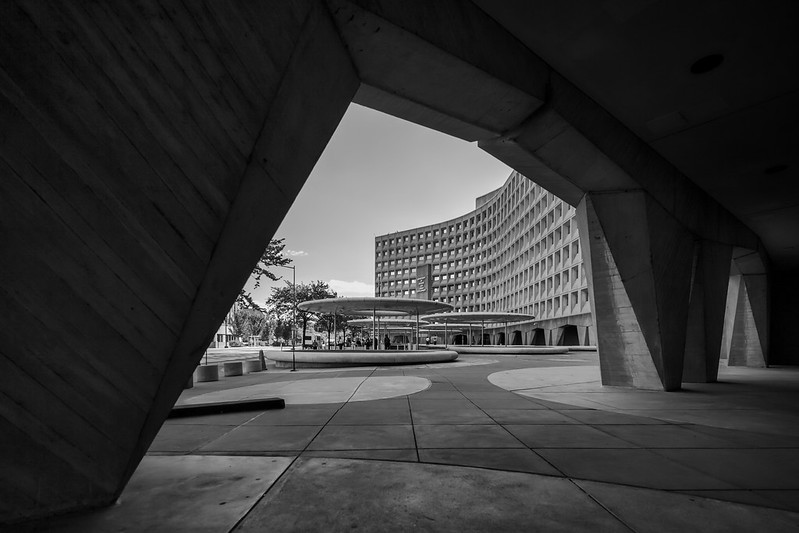 |
| Weaver Office Building (HUD) in Washington, DC, by Marcel Breuer. Photo ©Darren Bradley |
The term “Brutalism” in modern architecture comes from the French béton brut, or “raw concrete”. But most people today find the term to be completely appropriate from the English sense of the word. And indeed, there are plenty of poorly executed examples out there to reinforce that view.
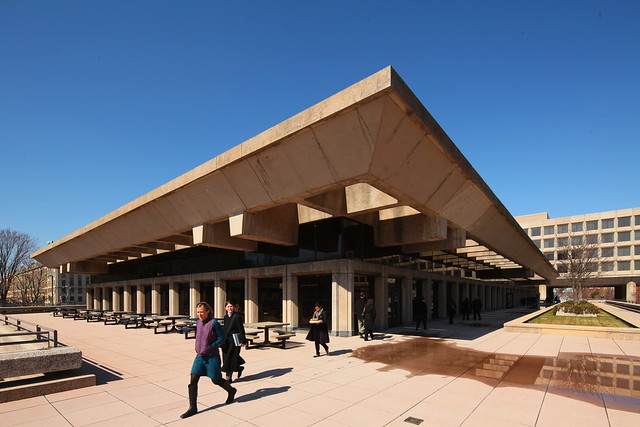 |
| L'Enfant Plaza in Washington, DC. Photo ©Darren Bradley |
Brutalist architecture was once enormously popular, with widespread use in government and university buildings and public housing in the late 60s through the 70s.
 |
| The Olympiades Housing and mixed use project, by Michel Holley, in Paris's 13th district. Photo ©Darren Bradley |
In the post-war construction boom, it provided a quick and inexpensive construction material that also gave architects a free hand to design in ways that was never possible before. Architects saw themselves as social engineers, shaping the way people lived. It was widely embraced by designers and the public alike. But it is now pretty much universally despised.
 |
L'Enfant Plaza in Washington, DC is one of the more universally despised examples of brutalism.
Photo ©Darren Bradley |
Critics call it cold, harsh, totalitarian, depressing, uninviting, frightening, oppressive... There are plenty of poorly executed examples to cite as reasons. Large, close knit, historic neighborhoods were razed in cities around the world, to make way for concrete towers and vast, empty plazas.
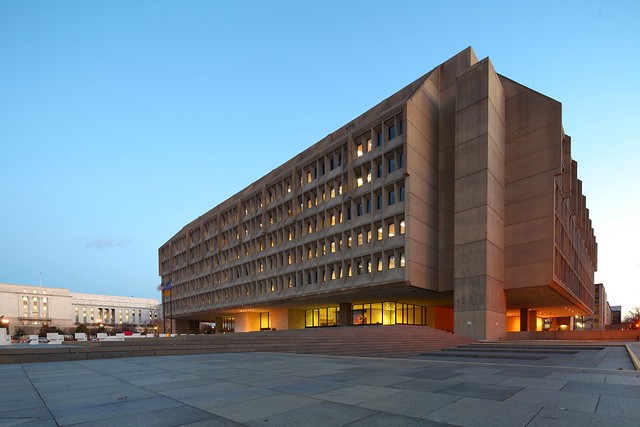 |
| The Humphrey Building (US Dept. of Health and Human Services), by Marcel Breuer, does not want to be your friend. Photo ©Darren Bradley |
But I see a certain elegance in this architectural language. For me, its beauty lies in its grace, its simplicity and its simple, geometric lines. There's also a sense of optimism imparted in this way of building.
 |
| Commercial Travellers' Association in Sydney, Australia by Harry Seidler. Photo ©Darren Bradley |
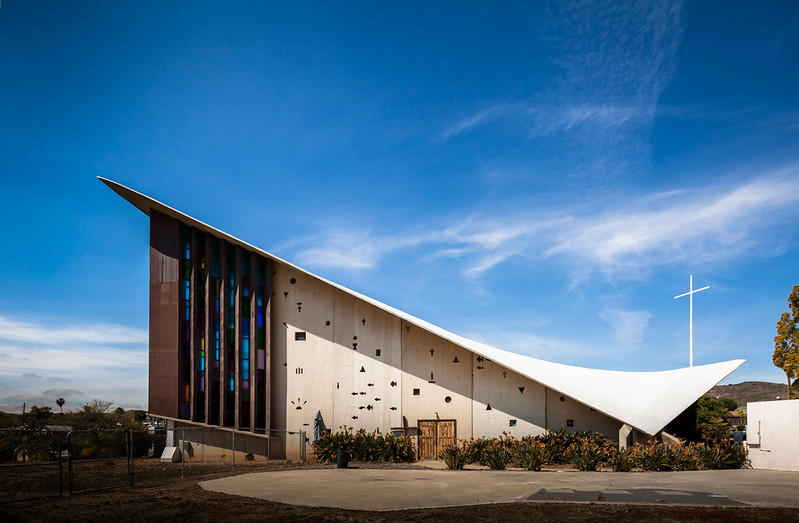 |
| Carlton Oaks Church by Robert des Lauriers. Photo ©Darren Bradley |
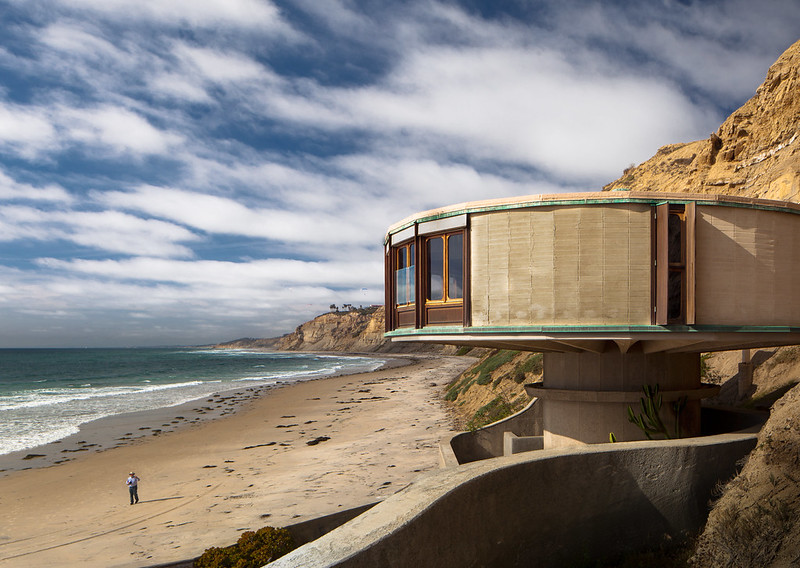 |
| Bell Beach Pavilion in San Diego by Dale Naegle. Photo ©Darren Bradley |
Brutalism imparts a sense of drama, and of dignity that isn’t often seen in today’s architectural styles that are so full of historical pastiche. Their sculptural quality often plays with the sunlight in beautiful ways, as shadows reshape the structures throughout the day.
 |
| Salk Institute by Louis Kahn. Photo ©Darren Bradley |
And the symmetry of their forms is fascinating, to say the least.
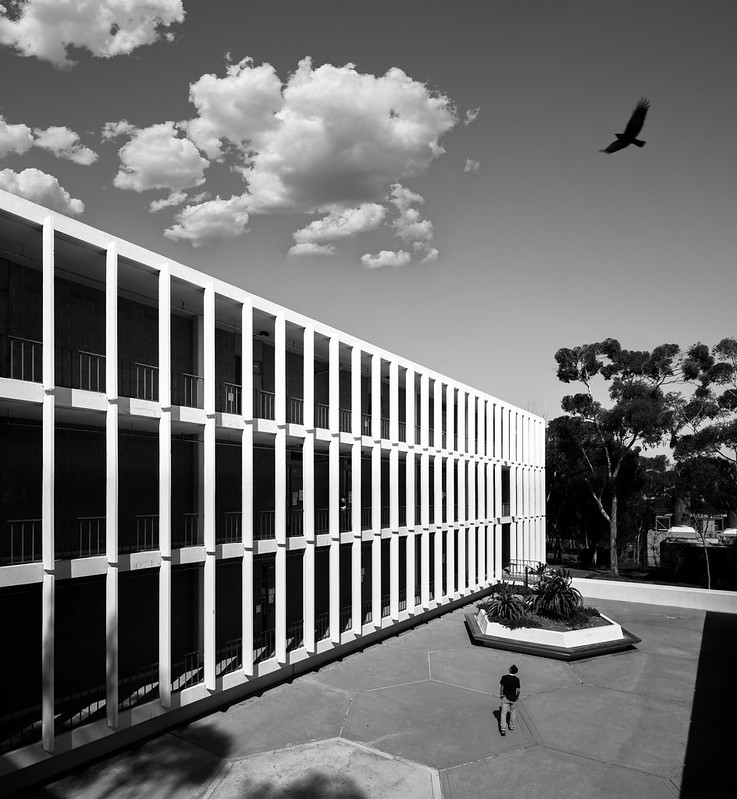 |
| York Hall on the campus of UCSD, by Neptune and Thomas. Photo ©Darren Bradley |
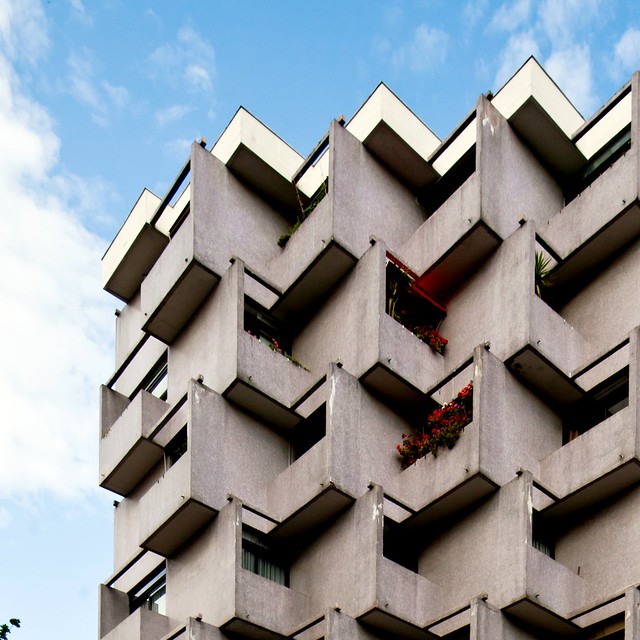
I've decided to try to document these examples, which are now starting to disappear from the landscape at an alarming rate.
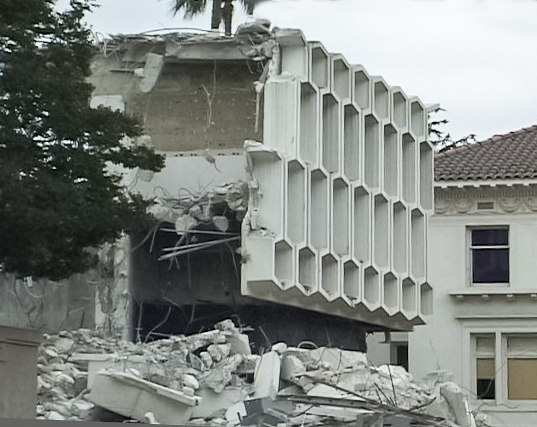 |
| Ambassador College in Pasadena is one of the most recent to fall. |
So the next time you come across an example of a brutalist building, I'd just ask you to please take another look.
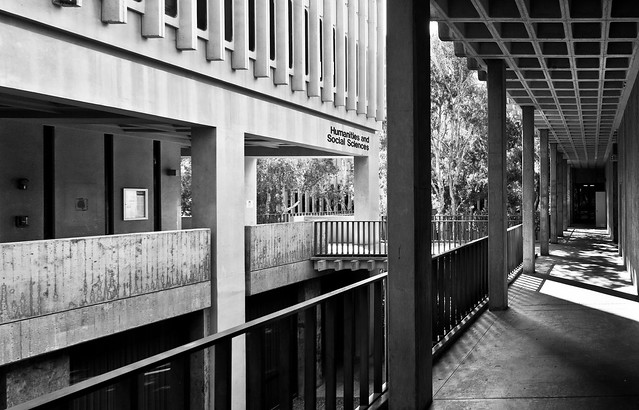














6 comments:
J'ai toujours eu un certain amour pour ce mouvement, surtout pour son esthétique et son coté sculptural, en plus de l'usage du béton que j'aime beaucoup. Je suis de plus en plus sensible à l'architecture de Louis Kahn (Salk Institute ou Exeter Library par exemple), qui a su donner à ce mouvement une certaine noblesse, par l'usage de détails et de matériaux très soignés.
Oui, quand c'est fait correctement, il y a tout à fait une air de noblesse à cette architecture. Kahn était l'un des maîtres.
I think one of the Boeing company office buildings in Huntington Beach can be called concrete brutalism. I'll post a pic on RPF. Nice informative read to go along with the images, Darren. I agree that there is a beauty about these things.
St. Mary's Cathedral in San Francisco one such concrete brutalist structure. It has been derisively called a washing machine agitator. Your comment about playing with sunlight and shadows rings true for this building as well. This blog post captures the shadow play nicely:
http://www.puppiesandflowers.com/archives/2007/07/breast_of_burden_st_marys_cath.html
Thanks, Joel. Very nicely done, indeed.
It's sad and frustrating that this style is not appreciated. Thanks for documenting some steller examples.
Post a Comment